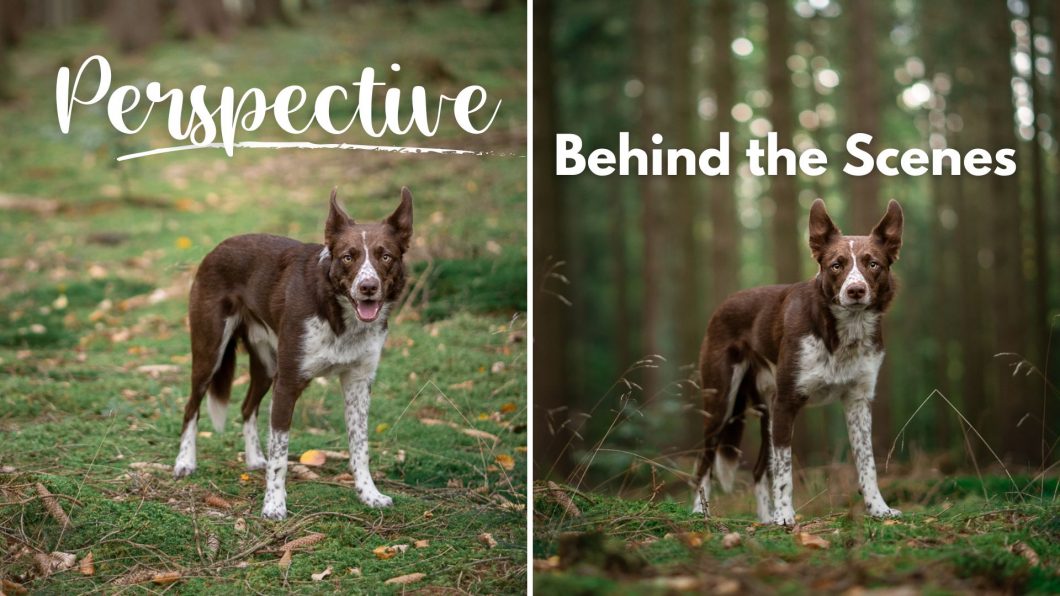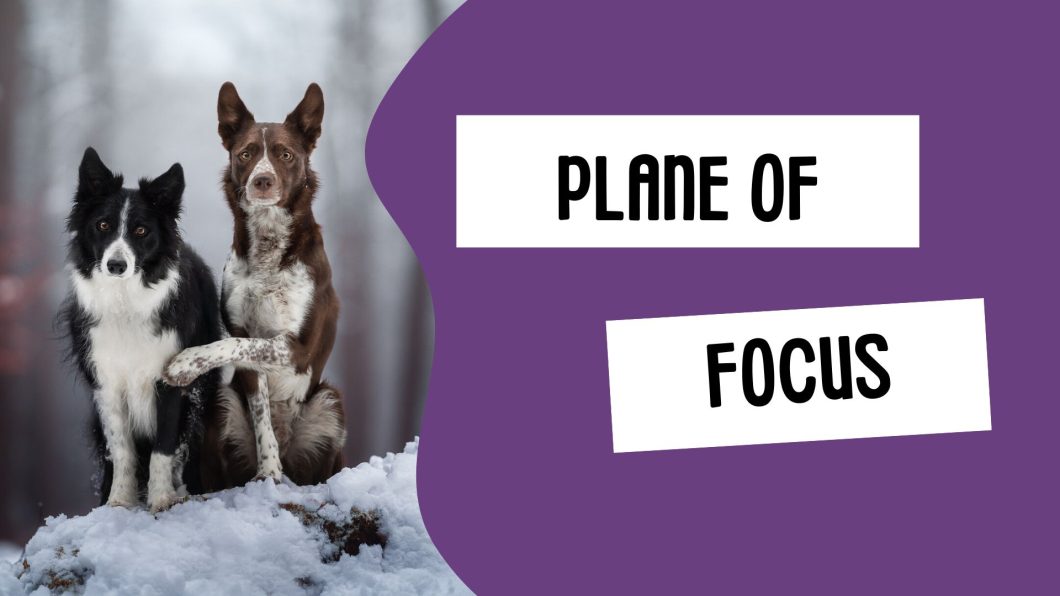Open to access this content
Archivesnew
AI & Image Editing, Management & Creation
Open to access this content
More Than One Dog / Dog & Owner Photos
Open to access this content
What is in focus really? Plane of Focus / How Focus Works
Open to access this content




